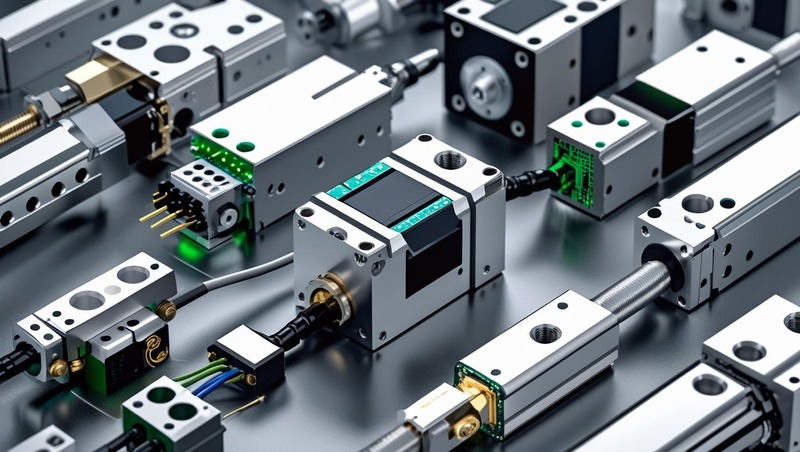Artificial Intelligence (AI) is transforming the landscape of linear position sensing in North America by driving unprecedented levels of precision, automation, and intelligence across industries. Linear position sensors, which measure the linear displacement of an object along a single axis, are critical to various applications in manufacturing, automotive systems, robotics, healthcare equipment, and more. As North American industries increasingly embrace digital transformation and smart manufacturing paradigms, the integration of AI with linear position sensing technologies is setting new standards in performance and efficiency.
AI is revolutionizing the way data from linear position sensors is processed and utilized. Traditional sensors primarily serve the role of capturing motion or displacement data, but when paired with AI algorithms, they become powerful tools for real-time decision-making. In smart factories, AI-enhanced linear position sensors enable predictive maintenance by continuously analyzing motion trends and detecting subtle changes that could indicate mechanical wear or misalignment. This not only minimizes unplanned downtime but also extends equipment lifespan, offering substantial cost savings for manufacturers.
Download PDF Brochure @ https://www.marketsandmarkets.com/pdfdownloadNew.asp?id=17719728

In the automotive sector, AI is significantly enhancing the capabilities of linear position sensors, especially with the growth of electric vehicles (EVs) and autonomous driving systems. These sensors are essential for monitoring actuator positions, suspension systems, and battery management units. By applying AI models to interpret sensor data, automotive systems can optimize performance dynamically and adapt to changing driving conditions, leading to improved safety, comfort, and energy efficiency.
North America’s robotics and automation industries are also benefiting from AI-powered linear position sensors. In robotic arms and assembly systems, AI algorithms help interpret sensor data for real-time adaptive control, enabling robots to handle complex tasks with high levels of precision. This is especially valuable in applications requiring fine movements or adjustments, such as electronics assembly, 3D printing, and precision welding.
The healthcare sector is witnessing a new wave of innovation with AI-integrated linear sensors. In medical imaging systems, surgical robots, and rehabilitation devices, these sensors provide critical positioning data. AI enhances their functionality by enabling adaptive response based on patient-specific movements or conditions, leading to safer and more personalized treatments.
One of the key trends driving the adoption of AI in linear position sensing is the emergence of smart sensor systems that combine sensing, processing, and communication capabilities in a single package. These sensors can perform onboard data processing and transmit actionable insights directly to control systems or cloud platforms. With North America’s strong emphasis on smart infrastructure, smart manufacturing, and industrial IoT, these compact, AI-driven sensor solutions are rapidly gaining traction.
Moreover, the AI revolution is enabling advanced calibration and self-learning capabilities in linear position sensors. These features reduce the need for manual configuration and allow sensors to adapt over time to environmental changes, mechanical drift, or system updates, making them ideal for long-term deployments in demanding environments.
In conclusion, Artificial Intelligence is redefining the role of linear position sensors in North America by turning them into intelligent, adaptive, and predictive components of modern industrial and automotive ecosystems. As AI continues to evolve and integrate deeper into sensor technologies, the region is set to witness a future of smarter operations, greater efficiency, and more advanced automation powered by intelligent position sensing.
